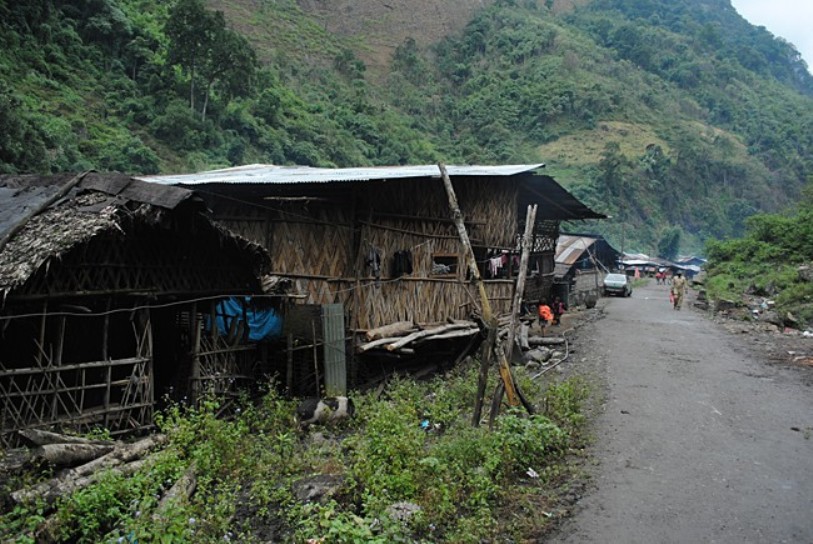Arunachal Pradesh accounts for nearly half of India’s total number of non-electrified villages, official statistics indicate.
According a recent government release, as of November 30, 2017, India had 2,217 villages that were non-electrified. Out of this, Arunachal Pradesh accounted for 1,069, or 48 per cent. The remaining 52 per cent of non-electrified villages were distributed among as many as 12 states. It is interesting to note that four other northeastern states—Assam, Manipur, Meghalaya and Mizoram—also feature in the list of states with non-electrified villages. However, in these four states, the extent of non-electrification is relatively much smaller, ranging from 214 villages in Assam to just 11 villages in Mizoram.
In his Independence Day address of 2015, the Prime Minister had announced that all the then non-electrified 18,452 villages will be electrified by May 1, 2018. As of November 30, 2017, electrification in 15,183 villages has been completed and 1,052 villages have been reported un-inhabited. Remaining 2,217 villages are expected to be electrified by the scheduled date of May 1, 2018. According to the latest Census, the total number of villages in India stands at 5.98 lakh.
Speaking of Arunachal Pradesh, it is pertinent to note that complete village electrification appears to be a daunting task due to the difficult geographical terrain and by the fact that villages are dispersed over hilly and forest areas. Arunachal has geographical area of 83,743 sqkm out of which nearly 82 per cent is covered with thick evergreen forests. All the same, village electrification has gathered pace in recent years, especially after the mission to achieve complete village electrification by May 2018, was announced. As of the 2011 Census, Arunachal had 1,578 non-electrified villages, which means that nearly 500 villages have been electrified in recent years.
Village versus household
A village is said to be electrified when at least 10 per cent of its households have an electricity connection. There is also a requirement that all public institutions like government schools, panchayat offices, dispensaries, health centres, community centres, etc have an electricity connection. In this context, it is worth observing that complete national village electrification by May 2018 would mean that all villages are electrified, as per definition. This does not mean complete electrification at the household level, which is being pursued by another Centrally-sponsored scheme called “Saubhagya”. This scheme has targeted complete household electrification, in both rural and urban areas, by March 31, 2019. (Related Story: Three states will drive Saubhagya’s success)
Renewables to the rescue
The irony
It is very ironical to observe that Arunachal Pradesh that is the seat of hydropower potential in the country is also home to most of India’s non-electrified villages. According to latest data available, the hydropower potential of Arunachal Pradesh, thanks to the copious water supply from River Brahmaputra and its tributaries, is an estimated 50,064 mw, arising out of 87 potential sites. This accounts for over half of India’s total hydropower potential of nearly 95,000 mw. Despite this, there is only hydropower project currently in operation, which is the 405-mw Ranganadi project commissioned in 2002, of Central power utility North Eastern Power Corporation Ltd. Four projects aggregating 2,854 mw are under construction, of which the mega 2,000-mw Lower Subansiri hydropower project of NHPC has been stuck for years on end. Even today, commissioning of this mega project is expected by 2023, subject to resumption of works. As many as 16 projects aggregating 16,272 mw have received clearance from Central Electricity Authority but have yet to see commencement of works.
Main photograph, sourced from www.caravanmagazine.in, shows the Katenala village in Upper Subansiri district of Arunachal Pradesh, very close to the Indo-China border. Smaller photograph (source: www.thethirdpole.net) shows a standalone solar-powered street light installed by Arunachal Pradesh Energy Development Agency.

